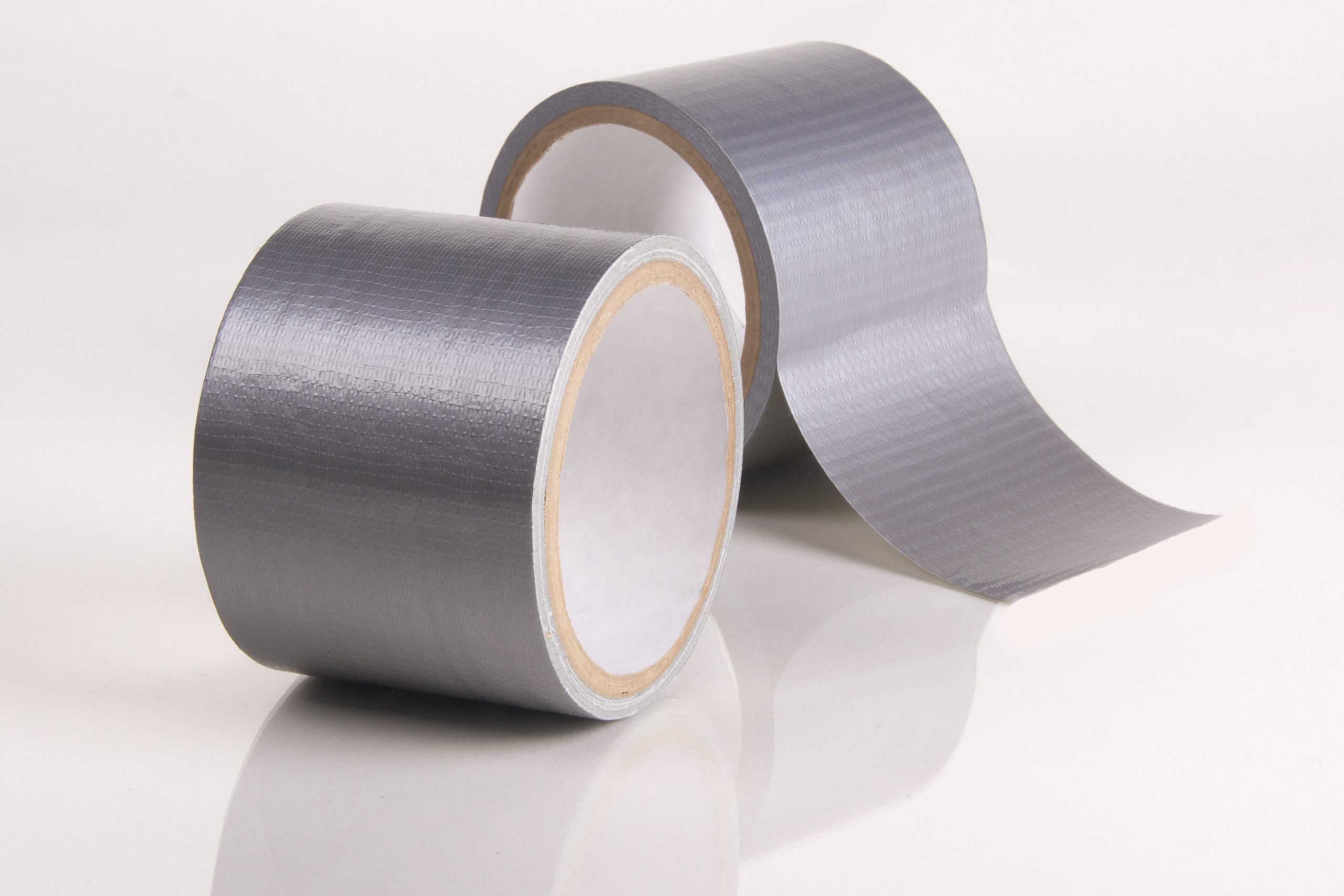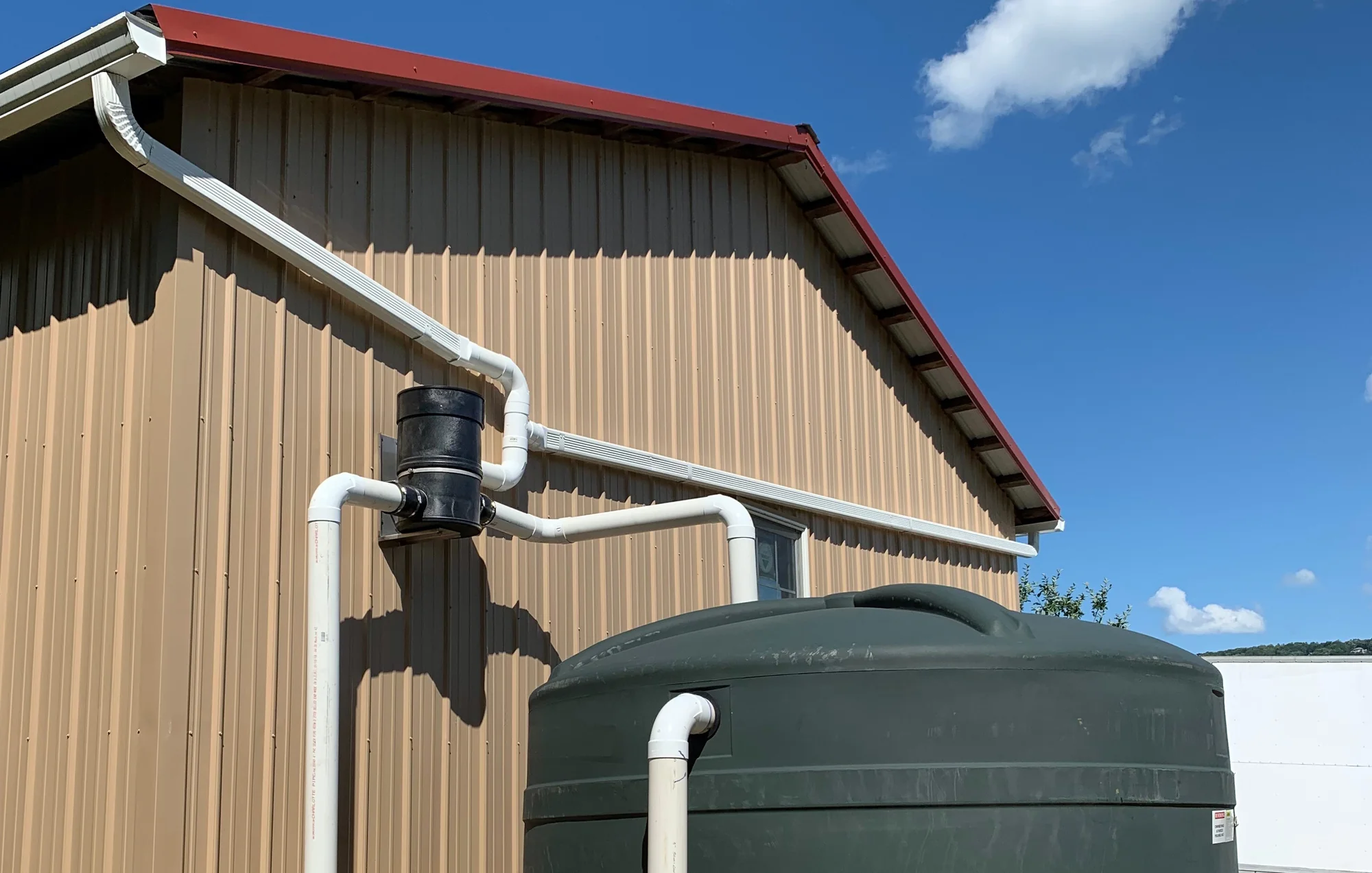Maintaining a dust-free home is more than a matter of cleanliness; it’s a commitment to a healthier living environment. Dust, that ubiquitous and relentless invader, can exacerbate allergies, detract from your home’s aesthetic, and even impact the longevity of your household appliances and electronics. This comprehensive guide will arm homeowners with effective strategies to minimize dust accumulation, enhancing their living spaces’ air quality and overall ambiance. From understanding the nature of dust to adopting innovative cleaning technologies, this article unfolds a series of actionable tips to conquer dust, ensuring readers are well-equipped to maintain a pristine home.
Contents
Understanding Dust: What You’re Up Against
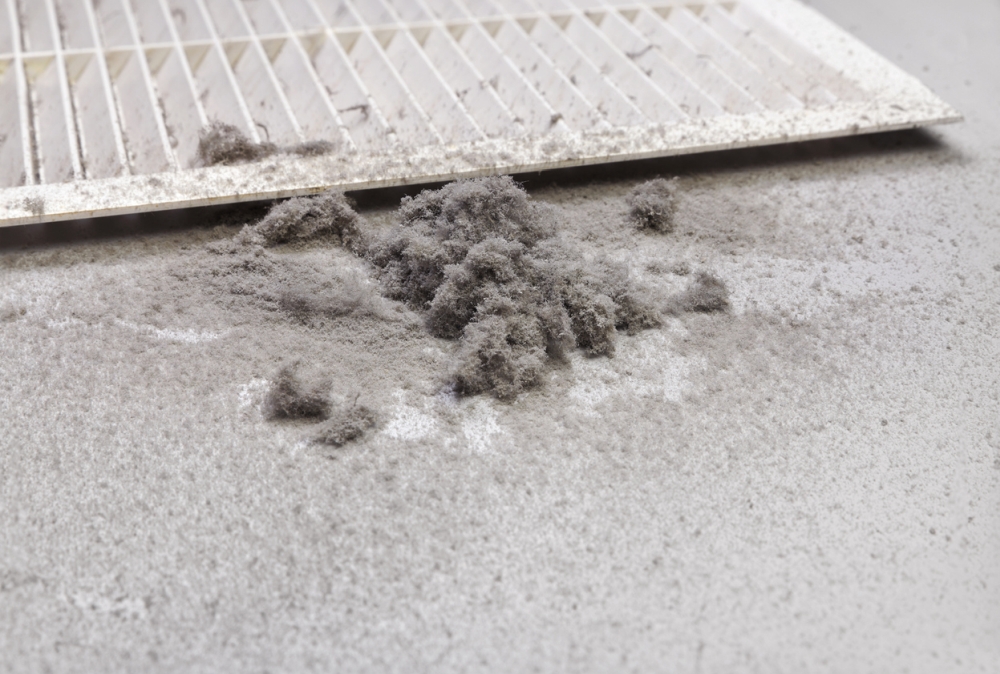
Dust is a fine collection of particles, including everything from human skin cells to fabric fibers, pet dander, pollen, and dust mites. It accumulates in every corner of the home, often unnoticed until it forms noticeable layers on surfaces or exacerbates health issues like allergies and respiratory problems. Understanding the composition and sources of dust is the first step in crafting an effective defense. Recognizing that dust is not just dirt, but a complex mixture can change how we approach its eradication, prompting more thorough and strategic cleaning methods.
The battle against dust begins by identifying its primary sources within the home. These can vary from outdoor pollutants sneaking in through windows and doors to the shedding of human and pet skin cells. Textiles such as carpets, drapes, and upholstered furniture act as magnets for dust, trapping particles until disturbed. By pinpointing these sources, homeowners can target their cleaning efforts more effectively, preventing dust accumulation before it starts. Regular maintenance and cleaning of air ducts and filters also play a crucial role in reducing indoor dust levels, showcasing the importance of a multifaceted approach to dust control.
Regular Cleaning Strategies

Incorporating daily dusting into your cleaning routine can significantly reduce the amount of dust in your home. It is crucial to utilize the right tools, such as microfiber cloths, that attract and hold dust particles without releasing them into the air. Techniques matter as well; for instance, dusting from top to bottom ensures particles that are dislodged and fall during the cleaning process can be captured on lower surfaces before vacuuming.
Vacuuming is another cornerstone of maintaining a dust-free environment, but it’s not just about frequency—it’s about doing it right. Vacuums equipped with HEPA filters can trap more dust and allergens, making them particularly effective. It’s recommended to vacuum at least twice a week, with special attention to high-traffic areas and under furniture where dust bunnies tend to gather. Ensuring that your vacuum cleaner is in good working order and that its filters are clean will maximize its dust-capture capabilities.
Tackling Textiles and Upholstery
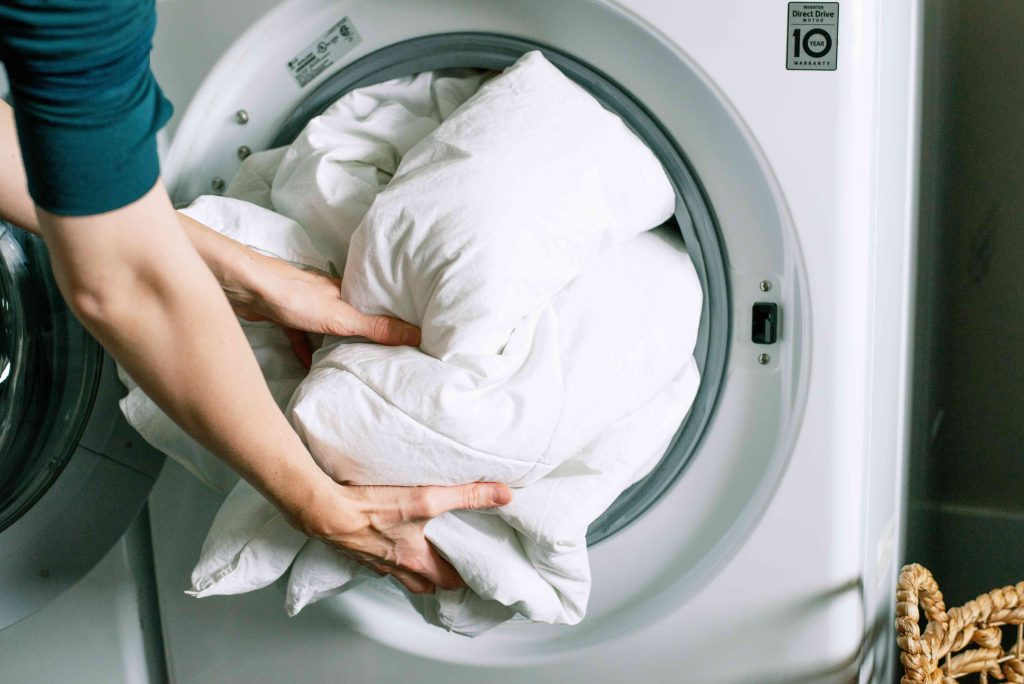
Textiles, such as bedding, curtains, and upholstered furniture, are among the largest dust collectors in any home. These items trap and hold dust particles, releasing them back into the air with every interaction. Regularly washing bedding and curtains in hot water can kill dust mites and remove the dust they’ve collected. For those with allergies, encasing mattresses and pillows in dust-mite-proof covers provides an additional layer of protection, effectively reducing exposure to allergens.
Upholstered furniture requires a specific approach, as it cannot be tossed in the wash. Weekly vacuuming with an upholstery attachment can remove surface dust, but for a deeper clean, consider steam cleaning or hiring a professional cleaning service annually. This refreshes the fabric and removes dust mites and other allergens that thrive in soft furnishings. Regular maintenance, such as beating cushions outdoors and using lint rollers on surfaces, can further minimize dust accumulation.
Air Quality and Filtration

Improving indoor air quality is essential for reducing dust levels in your home. Proper ventilation can dramatically decrease dust by filtering out pollutants and preventing the stagnation of indoor air. Encourage airflow by opening windows with good outdoor air quality and using exhaust fans in bathrooms and kitchens to expel dust-laden air. These practices not only reduce dust but also mitigate potential mold growth by controlling humidity levels.
Selecting the right air purifiers and filters is crucial for trapping dust before it settles. Air purifiers with HEPA filters are highly effective at capturing fine particles, including pollen, pet dander, and dust mites. Similarly, replacing the standard heating, ventilation, and air conditioning (HVAC) systems with HEPA filters can significantly improve the filtration of dust and other airborne particles. Regularly changing these filters, as the manufacturer recommends, ensures the system operates efficiently, keeping indoor air as clean as possible.
Organizing and Decluttering

Clutter is not just an eyesore; it’s a haven for dust. Each item in your home can collect dust, so minimizing possessions can lead to a cleaner environment. Adopting a minimalist approach reduces the number of surfaces where dust can accumulate. Regularly decluttering and organizing your space simplifies cleaning and enhances the overall aesthetic and comfort of your living environment. Effective storage solutions play a pivotal role in this process, keeping items dust-free and out of the way. This can include using sealed containers for seldom-used items and maintaining a systematic organization of belongings to reduce dust-trapping clutter.
Deep Cleaning Tactics
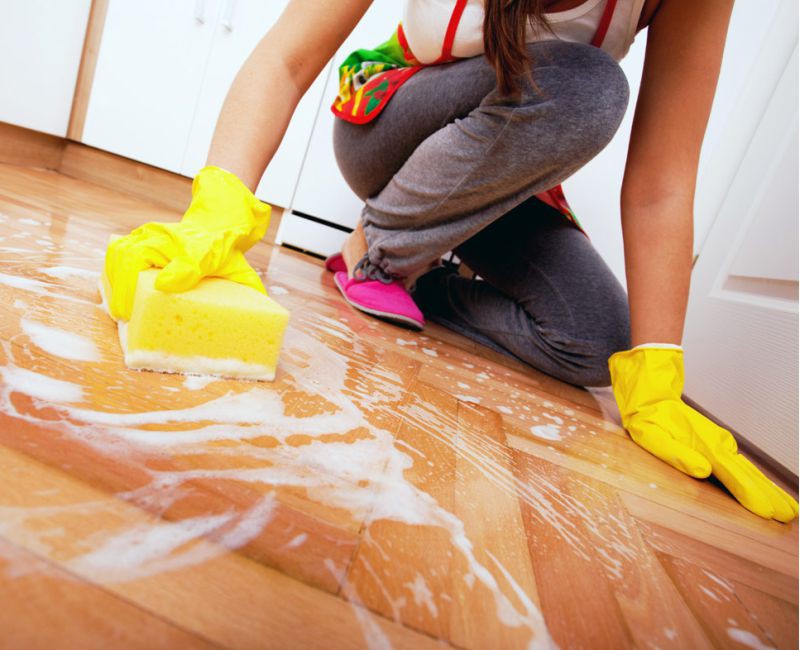
Seasonal deep cleaning is a critical component of maintaining a dust-free home. This goes beyond the scope of regular cleaning routines, targeting often overlooked areas. Deep cleaning sessions should involve moving furniture to clean underneath, addressing the insides of cabinets and closets, and cleaning window treatments and blinds. These tasks can dislodge and remove accumulated dust that contributes to the overall dust load in your home, providing a fresher and healthier living space.
Hiring professional cleaning services for a deep clean can be beneficial for households where dust is a significant concern, especially those with allergy sufferers. Professionals have the tools and techniques to remove dust from even the hardest-to-reach places. While this may not be necessary for every home or every season, it can be a valuable tool in the dust reduction arsenal, particularly for spring cleaning or allergy season preparation.
Preventing Dust Entry
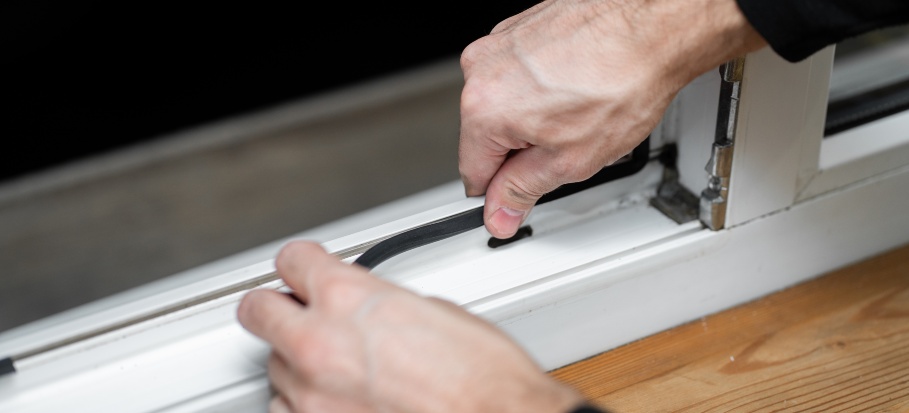
One of the most effective strategies for keeping your home dust-free is to prevent dust from entering. Sealing gaps and cracks around windows, doors, and other entry points can significantly reduce the influx of outdoor dust. This includes installing weather stripping and door sweeps, which not only keep out dust but also improve energy efficiency by minimizing air leaks.
Additionally, placing mats and rugs at all entryways can dramatically reduce the dust and dirt brought into the home on shoes and pet paws. Encouraging a shoes-off policy further minimizes the introduction of outdoor contaminants into your home. These preventive measures and regular cleaning of entry mats and area rugs can serve as a first line of defense against dust accumulation.
Innovative Dust-Reducing Products
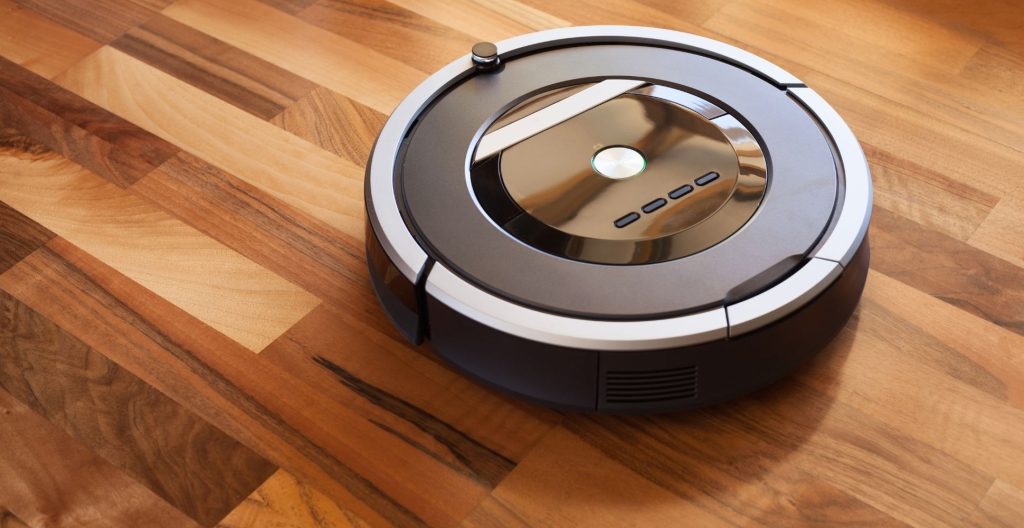
The market continually evolves, offering new gadgets and tools designed to combat household dust. Robotic vacuums, for instance, can maintain daily cleanliness by autonomously navigating and cleaning floors, reducing homeowners’ workloads. Similarly, air purifiers with smart technology can monitor air quality and adjust settings accordingly to optimize dust removal.
Natural dust repellents, such as essential oils and homemade cleaning solutions, can offer eco-friendly alternatives to traditional dusting sprays. These options help reduce dust and minimize exposure to potentially harmful chemicals found in some commercial products. By embracing technological advancements and natural solutions, homeowners can create a comprehensive approach to dust reduction that aligns with their lifestyles and preferences.
Final Thoughts
Knowledge and consistency are key in the quest for a dust-free home. Understanding the nature of dust and its sources enables targeted cleaning strategies to significantly reduce dust accumulation. Incorporating daily maintenance, embracing technological aids, and adopting a proactive stance on clutter and air quality can transform the battle against dust from a daunting task to a manageable routine. By following the tips outlined in this guide, homeowners can enjoy a cleaner, healthier living environment, proving that a dust-free home is an ideal and achievable reality.

